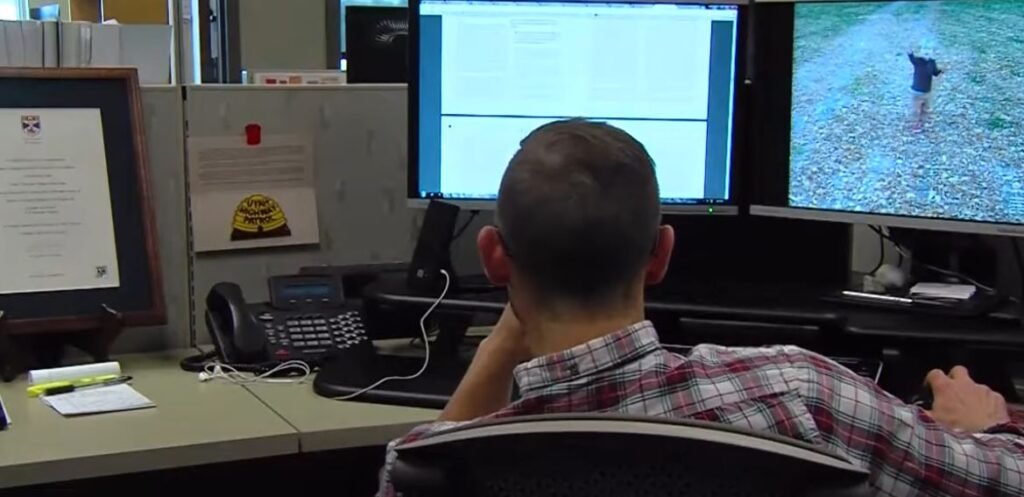
Each of the 72 threat fusion centers across the country serves as a silent information center, combining information from federal agencies, local law enforcement, and occasionally even private sector partners. After 9/11, these centers were first presented as an exceptionally effective defense against terrorism. Their purpose was to break down silos and establish an extremely effective intelligence pipeline. However, their mission has significantly broadened over time, frequently extending well beyond national security.
Critics point out that other centralized systems exhibit a remarkably similar pattern, where a tool designed for exceptional circumstances progressively becomes a standard part of everyday operations. Fusion centers are capable of identifying possible threats surprisingly quickly by utilizing large databases and sophisticated analytics. This, according to their proponents, makes them especially useful for the early identification of criminal activity. Advocates for privacy caution that if these tools are abused, they can drastically curtail individual liberties.
Key Facts on 72 Threat Fusion Centers
| Detail | Information |
|---|---|
| Number Established | 72 across the United States |
| Primary Purpose | To collect, analyze, and share intelligence on potential threats |
| Agencies Involved | DHS, FBI, state and local law enforcement, private sector |
| Funding Source | Primarily DHS Homeland Security Grant Program |
| Notable Support | Seen as essential for coordinated anti-terrorism intelligence |
| Main Criticism | Allegations of overreach, profiling, and limited oversight |
| Oversight Structure | Varies by state, no unified federal performance standard |
| Controversies | Concerns over civil liberties, mission creep, and misuse |
| Year of Expansion | Rapid growth post-9/11 through the 2010s |
| Reference | U.S. Department of Homeland Security – Fusion Centers |
The funding environment speaks for itself. Their strong ties to Homeland Security priorities are demonstrated by the fact that in 2010, roughly 61% of their funding came from federal grants. The centers have broadened their scope through strategic alliances, incorporating into local policing in ways that were nearly unthinkable twenty years ago. But because there isn’t a single federal standard, these centers’ effectiveness, accountability, and quality differ greatly.
There have been cases reported from Los Angeles to New York where surveillance flagged people based on their political or religious affiliation rather than on real threats. Such incidents are especially sensitive when considering civil liberties. While some lawmakers have demanded stricter regulation, others argue that the centers’ remarkable resilience during emergencies warrants their establishment.
It’s interesting to note how the discussion reflects more general discussions regarding technology and governance. To stay ahead of risks, sectors ranging from healthcare to finance have adopted central data processing in the last ten years. Similarly, fusion centers function under the assumption that harm can be avoided before it occurs through a coordinated, data-driven approach. However, in order to preserve trust, transparency and security measures are still crucial, just like with corporate data systems.
Events affect how the public feels about these centers. They are praised as particularly lucid instances of proactive security, following well-known threats. Their budgets are questioned, and scrutiny increases during slower times. Their political resilience, which is a combination of necessity and controversy that few other public safety programs encounter, has been shaped by this cyclical perception.
Notably, other countries have been motivated to investigate comparable strategies, frequently with even fewer limitations, by the fusion center model. This worldwide trend makes Americans wonder if the ratio of privacy to safety is shifting too much in favor of ongoing surveillance. It’s a conversation that transcends national boundaries and touches on issues of autonomy in an era of abundant data.
The centers’ training programs have advanced in recent years, embracing cutting-edge technologies like threat analysis powered by artificial intelligence. They are now much faster at processing information as a result of incorporating these innovations. In certain instances, this has resulted in interventions and arrests that might not have been feasible otherwise. However, the same tools are very adaptable and could be used for less warranted surveillance if there are no clear safeguards.
The effects of fusion centers on communities are frequently overlooked until a significant case makes news. Residents witness the benefits of having a well-coordinated intelligence network during these times. However, the experience is extremely personal for those who have been falsely flagged or targeted, changing their view of the power of the government.
In the future, reformers contend that community oversight boards, independent audits, and transparency reports could hold these centers more accountable while maintaining their operational advantages. The United States could provide a particularly creative model for intelligence cooperation that respects fundamental rights by coordinating safety measures with democratic ideals.
The tale of the 72 threat fusion centers ultimately concerns not only security but also the changing agreement between the people and the organizations tasked with their defense. They can capture threats that might otherwise evade them, much like a finely woven net. However, if that net is not carefully tended, it can grow so large and heavy that it traps the very liberties it was intended to protect.
